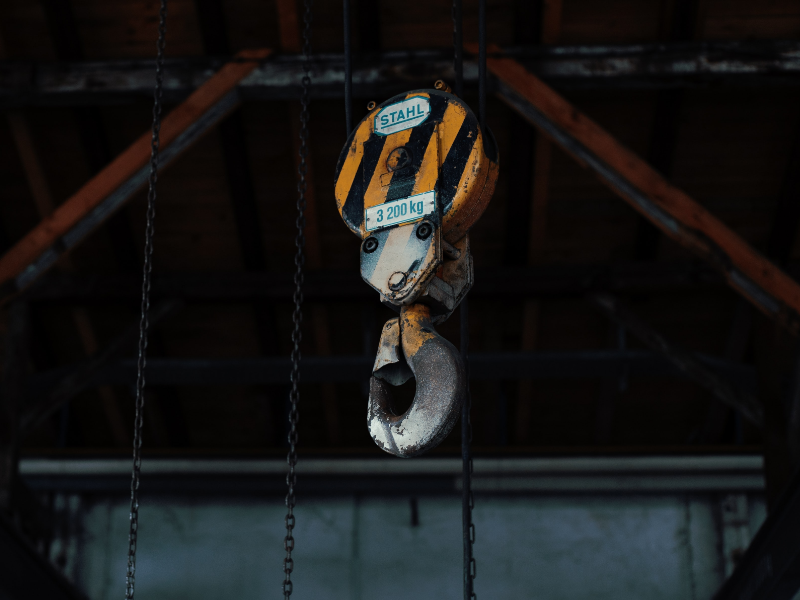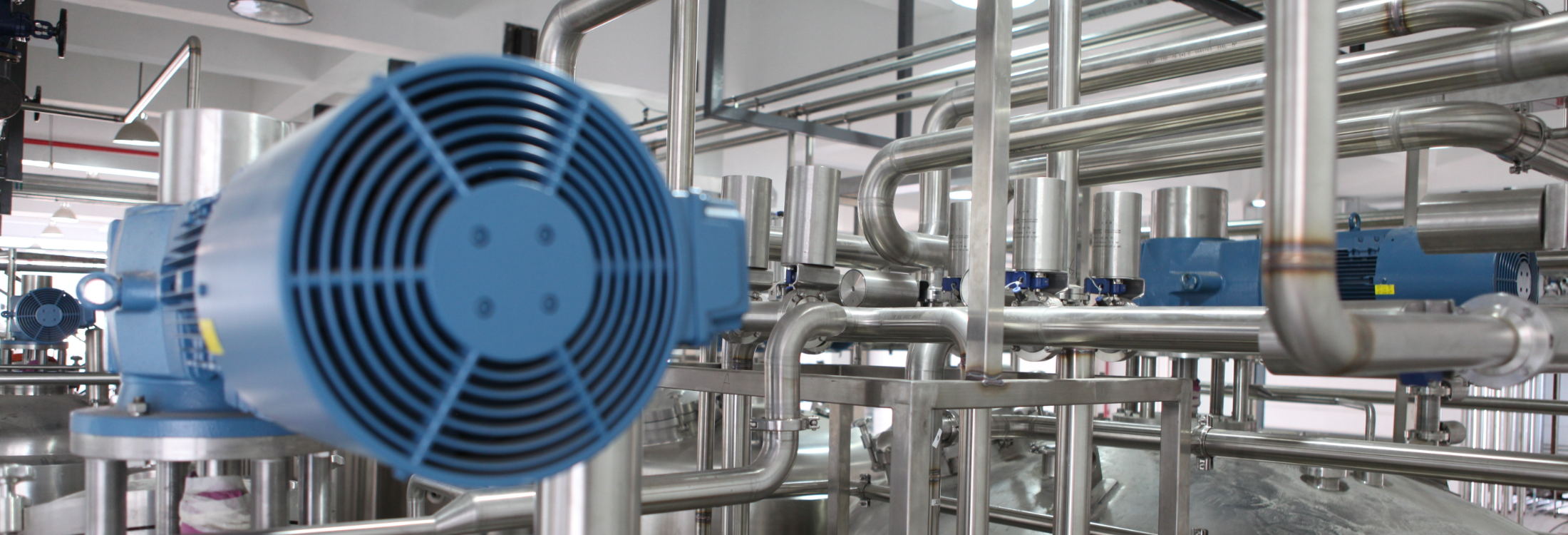Transforming indirect procurement
Our customer is a leading global manufacturer of machinery and equipment for the production of flexible packaging. The product portfolio includes high-performance machines for film extrusion, printing and further processing. Their machines are used by more than 5,000 customers in over 130 countries.
Engineered Products and Machinery

Objective
Focus on cost reduction
Approach
Efficiency gains through professional structures
During implementation, we worked with procurement and the specialist departments to record the requirements for the individual categories and brought them up to date so that, in the end, only exactly what is actually needed is purchased. “Our IT service desk used to have several employees on site. Of course, it is pleasant to have problems solved quickly at the desk. In many cases, however, remote support is also sufficient. This saves costs and time on both sides” explains the Head of Procurement.
By using procurement levers, such as large-scale tenders and the bundling and respecification of requirements, the savings potential defined at the beginning of the project could be exceeded by 30 percent. Through our team-oriented co-sourcing approach, the procurement staff was also trained “on the job” and received helpful templates for use in their product groups.
In indirect procurement, a cross-site and cross-departmental procurement vision was formulated, which makes the goals tangible for everyone and clearly structures the procurement activities and the cooperation with the demand drivers. A tendering calendar was drawn up in order to regularly check procurement conditions on the market in the future and to cooperate with the most efficient suppliers.
To increase the efficiency of procurement, we also conducted a gap analysis for the digitalisation of individual processes and identified suitable tools that best meet the company’s requirements. Here, too, the company aims to make procurement fit for the future.

Results
- Savings 30% above plan
- Procurement strategy and vision created for indirect procurement
- Responsibilities and interfaces for all indirect requirements defined
- Further development of employees through “training on the job
- New procurement organisations introduced in Germany and the Czech Republic
- Tendering calendar for indirect requirements created
- Digitalisation potential identified
Talk to our expert

Our machinery and engineering insights


